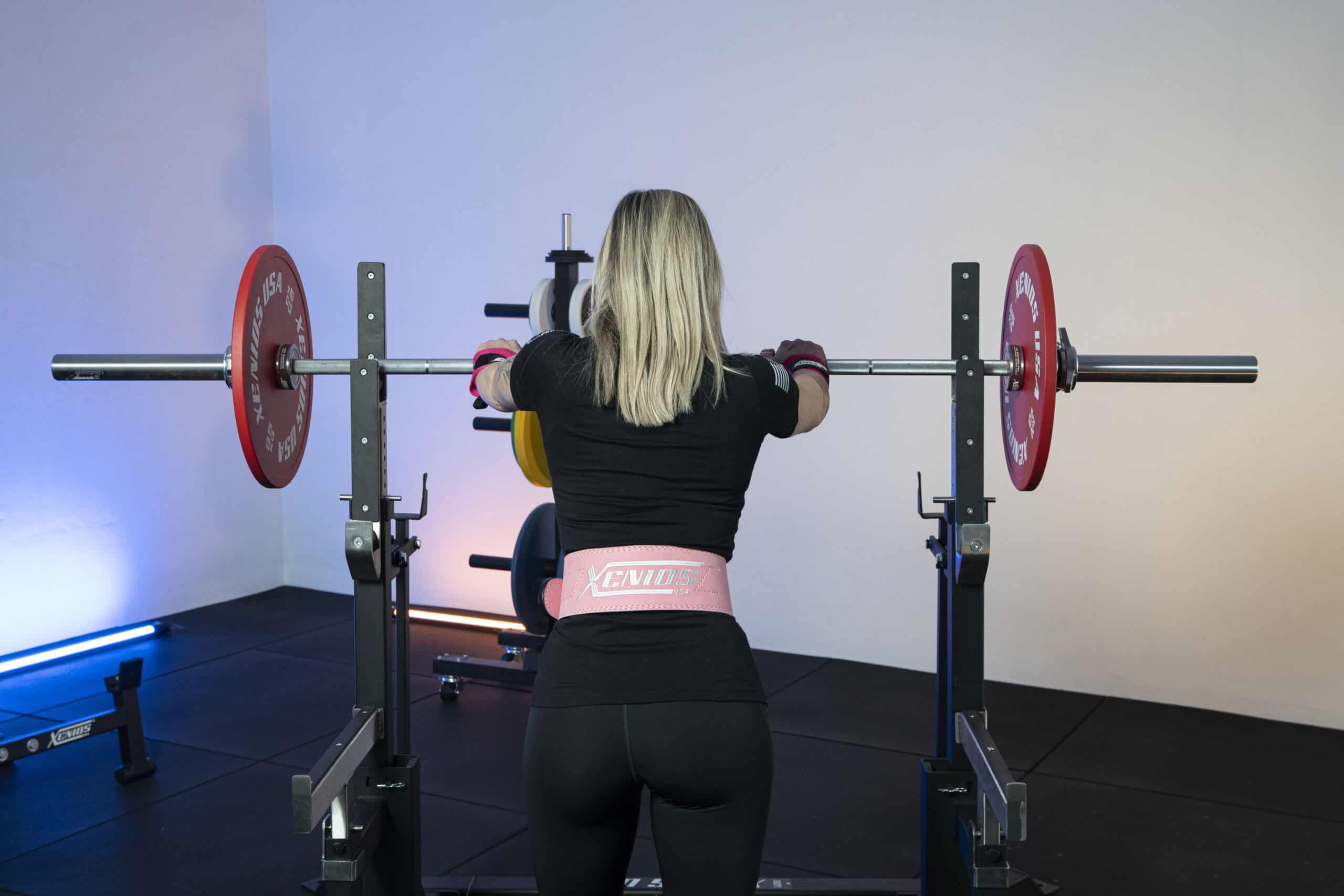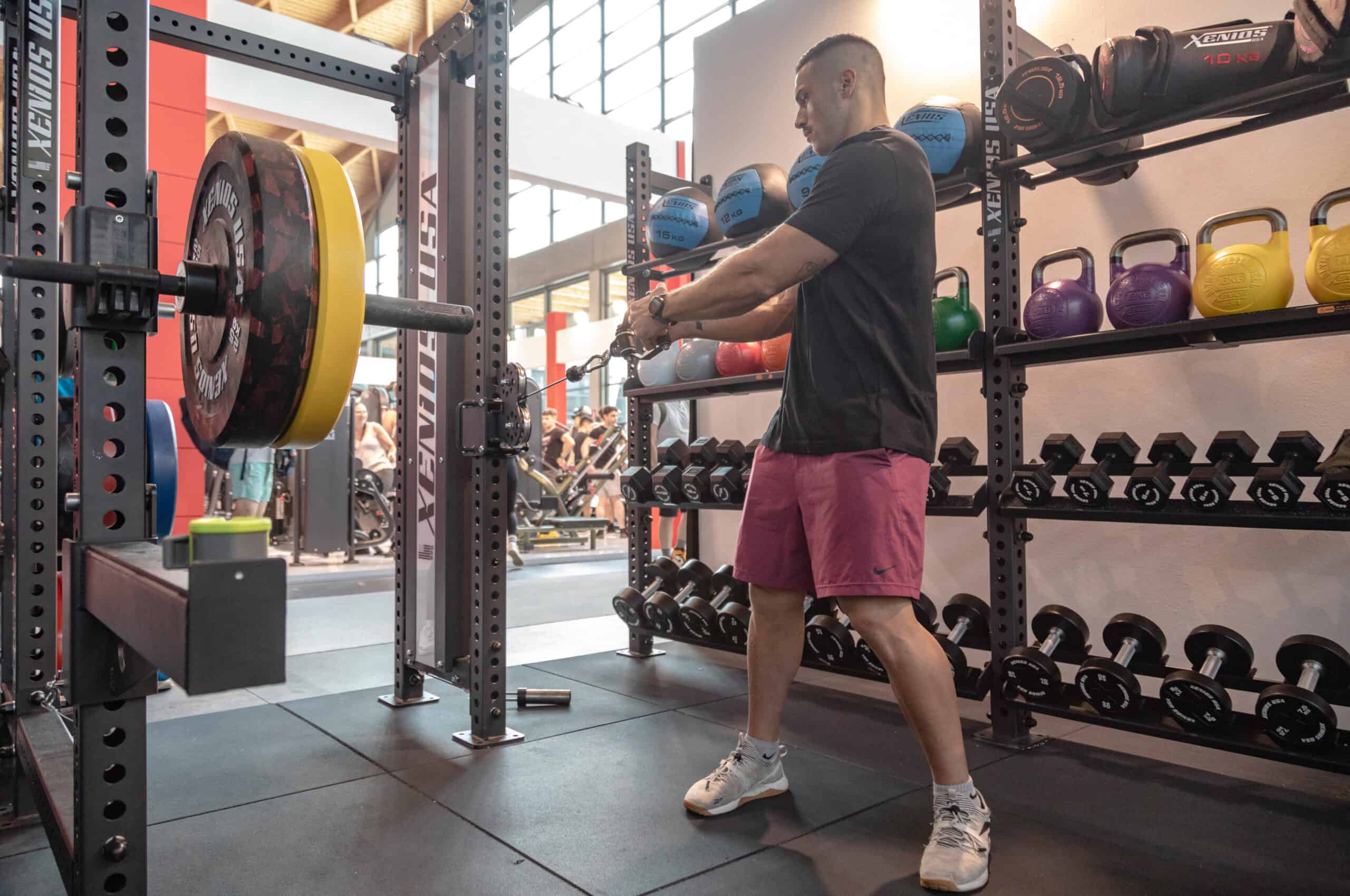Cross training has become incredibly popular in the last 10 years. Its extreme variety and variability make it particularly enjoyed worldwide; both for amateurs who want to stay in shape as for competitive athletes that want to compete at higher levels. The focus of this training is to improve your overall fitness level over time, in an extremely efficient way that anyone can do – athletes or the general population. It’s a great way to workout to get back in shape, challenge your limits or as athletic preparation for other sports.
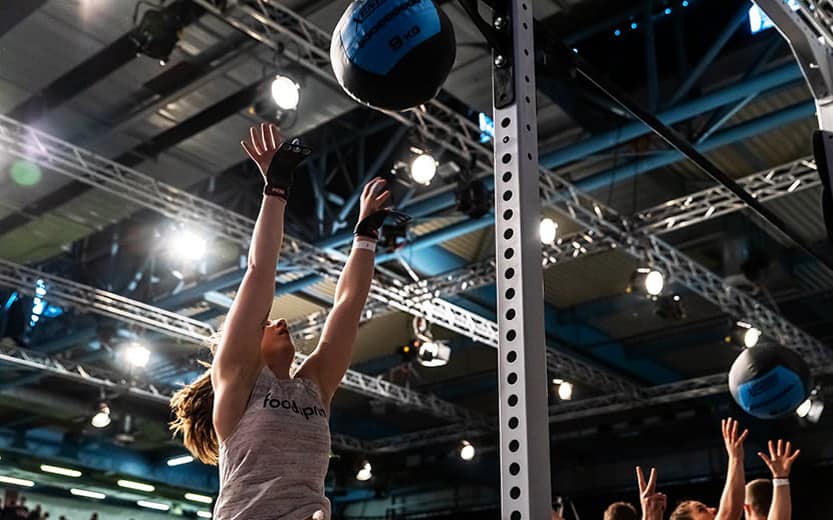
What is cross-training?
Cross-training can be described as high-intensity functional training (HIFT), practiced to increase your performance in the 10 domains of fitness: cardiovascular/respiratory resistance, stamina, strength, flexibility, power, speed, coordination, agility, balance and precision.
With its focus on constantly varying functional movements, it incorporates a wide variety of exercises and movement. There are classic exercises with barbell weightlifting, but also kettlebells and dumbbells, body-weight movements, and other cardiovascular activities including gymnastics and swim.
Exercise into the cross training
Training involves sessions with high intensity exercises that are carried out quickly, repeatedly and with little or no rest between series.
The main goal of HIFT is to produce high levels of cardio-respiratory fitness, resistance and strength that go above those that can be reached by following the current recommendations on physical activity, especially in spaces or environments where regular equipment and fitness centers aren’t available. For this reason, this type of training is used a lot by the military to stay in shape and as physical preparation for more intense missions.
The basics of this discipline are inspired by natural movements like running, jumping, and climbing, that require moving the entire body during every session. As a result, you’re able to obtain noticeable results in a relatively short amount of time.
The benefits of cross-training as a training method
Rather than concentrate on just one specific and single aspect of fitness (for example, cardiovascular resistance), the emphasis of HIFT is on general physical preparation – favoring a broad adaptation of multiple physical domains rather than focusing on just one.
The benefits of cross-training are on one hand practical and on the other beneficial for your health, your body composition and your fitness level in general.
Training with the Cross Training
On a practical level there’s training management and the time we have to dedicate to it. We also have:
- Time / training volumes that are shorter than the average, classic session.
- The coexistence of activities and functional movements of various types.
- The need for equipment that’s rather minimal, reducing costs and utilizing small spaces.
- Attention to the constant variation of exercises and movements, and the equipment used: you reduce the possibility of getting bored that can happen with repetitive trainings.
- It can be adapted to all fitness levels, even to those with disabilities or special recovery needs.
Cross Training at home
For this reason cross-training is one of the most practiced training methods at home during the recent months of lockdown with the closure of gyms and fitness centers. It’s also been chosen by people that have disabilities or any particular musculoskeletal needs or pathologies.

In regards to the general health benefits of cross-training, there are definitely many and they’re already noticeable from the first few sessions provided that the training is designed for the person based on their fitness level, their physical and motor skills as well as their limitations.
Among the most common benefits we can consider:
- Positive metabolic and physiological adaptations.
- Promotion of both metabolic conditioning as well as muscular strength.
- Less systemic inflammation and oxidative damage compared to aerobic activity alone.
- Less quantity and work time that helps prevent injuries.
- Benefits for body compositions.
- High energy expenditure.
- Promotes appetite regulation.
- The strengthening of muscle strength, power and speed.
- Promotes general physical preparation (GPP) and increases resilience, the potential of the central nervous system to tolerate fatigue and stress in a prolonged manner.
With such a long list, it’s evident that regularly practicing cross-training is able to increase our overall health.
Who can practice it and what are the eventual contraindications?
One of the most frequent questions when speaking about cross-training or if you should do it is definitely ‘Who can do it? Will I be able to’?
The answer is absolutely yes! You’ll be able to and anyone can do it. You don’t have to start by being the best or know everything about it in order to participate – you just need to be up for putting yourself out there, to work hard and recognize, especially at the beginning, your own limits.
The key is to make your training your very own, adapt it to your preparation, health conditions, and possibilities. It will be extremely interesting and compelling to see these skills grow with your own.
Cross-training presents itself as a daily challenge with others, but first with ourselves and our own limits. In cross-training, the attention to aesthetics and personal goals to the community is shifted to a sense of belonging that goes above and beyond the trainings in themselves and the results of each individual.
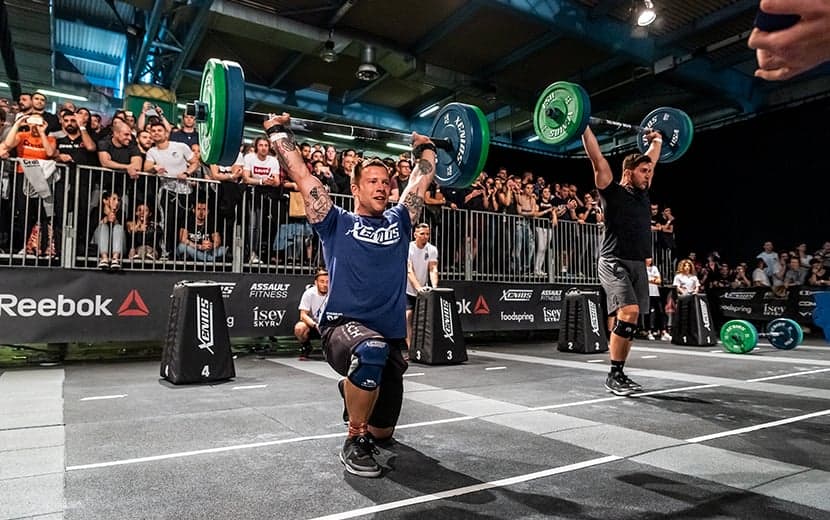
The contraindications are the same for every type of high impact training. Especially for beginners, the key is to not get injured and to use moderation – there’s no reason to start out too strong. At the beginning, 3 sessions a week are perfect, there’s no need to use excessive weights or do complex exercises without first mastering the technique. There’s no need to be redundant and it’s essential that necessary recovery times are respected.
Keeping this in mind, without rushing, and with the goal of ultimately having fun and taking care of your health – anyone can approach this sport and become passionate about it, enough so to never abandon it.
What is the difference between Cross Training and CrossFit®?
None. They are used interchangeably by industry professionals. CrossFit® is a registered trademark. To become a CF-L1 Trainer it is necessary to participate in a two-day course which includes the explanation of the basic movements and the analysis of the fundamental qualities that are developed and trained with the CrossFit® methodology.
Bibliography
- Nelson, M.E.; Rejeski, W.J.; Blair, S.N.; Duncan, P.W.; Judge, J.O.; King, A.C.; Macera, C.A.; Castaneda-Sceppa, C. Physical activity and public health in older adults: Recommendation from the American College of Sports Medicine and the American Heart Association. Circulation 2007, 116, 1094–1105.
- Garber, C.E.; Blissmer, B.; Deschenes, M.R.; Franklin, B.A.; Lamonte, M.J.; Lee, I.M.; Nieman, D.C.; Swain, D.P. American College of Sports Medicine position stand: Quantity and quality of exercise for developing and maintaining cardiorespiratory, musculoskeletal, and neuromotor fitness in apparently healthy adults: Guidance for prescribing exercise. Med. Sci. Sports Exerc. 2011, 43, 1334–1359.
- Claudino, J.G.; Gabbett, T.J.; Bourgeois, F.; Souza, H.D.S.; Miranda, R.C.; Mezêncio, B.; Soncin, R.; Cardoso Filho, C.A.; Bottaro, M.; Hernandez, A.J.; et al. CrossFit overview: Systematic review and meta-analysis. Sport. Med. Open 2018, 4, 11.
- Haddock CK, Poston WS, Heinrich KM, Jahnke SA, Jitnarin N. The Benefits of High-Intensity Functional Training Fitness Programs for Military Personnel. Mil Med. 2016 Nov;181(11):e1508-e1514.
- Gianzina, E. A. & Kassotaki, O. A. The benefits and risks of the high-intensity CrossFit training. Sport Sci. Health 15(1), 21–33 (2019).
- Feito, Y.; Heinrich, K.; Butcher, S.; Poston, W. High-intensity functional training (HIFT): Definition and research implications for improved fitness. Sports 2018, 6, 76.
- Heinrich, K.M.; Patel, P.M.; O’Neal, J.L.; Heinrich, B.S. High-intensity compared to moderate-intensity training for exercise initiation, enjoyment, adherence, and intentions: An intervention study. BMC Public Health 2014, 14, 789.
- Bycura, D.; Feito, Y. Motivational factors in CrossFit® training participation. Health Behav. Policy Rev. 2017, 4, 539–550.



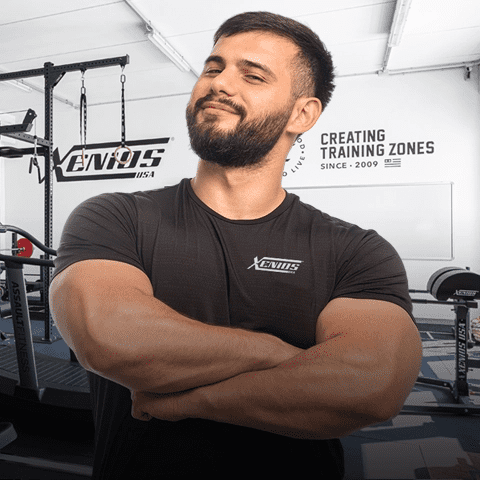
 Since 2009, we’ve been by your side, helping you create the perfect training spaces for Cross Training Boxes, Personal Trainer Studios, and professional Home Gyms.
Since 2009, we’ve been by your side, helping you create the perfect training spaces for Cross Training Boxes, Personal Trainer Studios, and professional Home Gyms.

